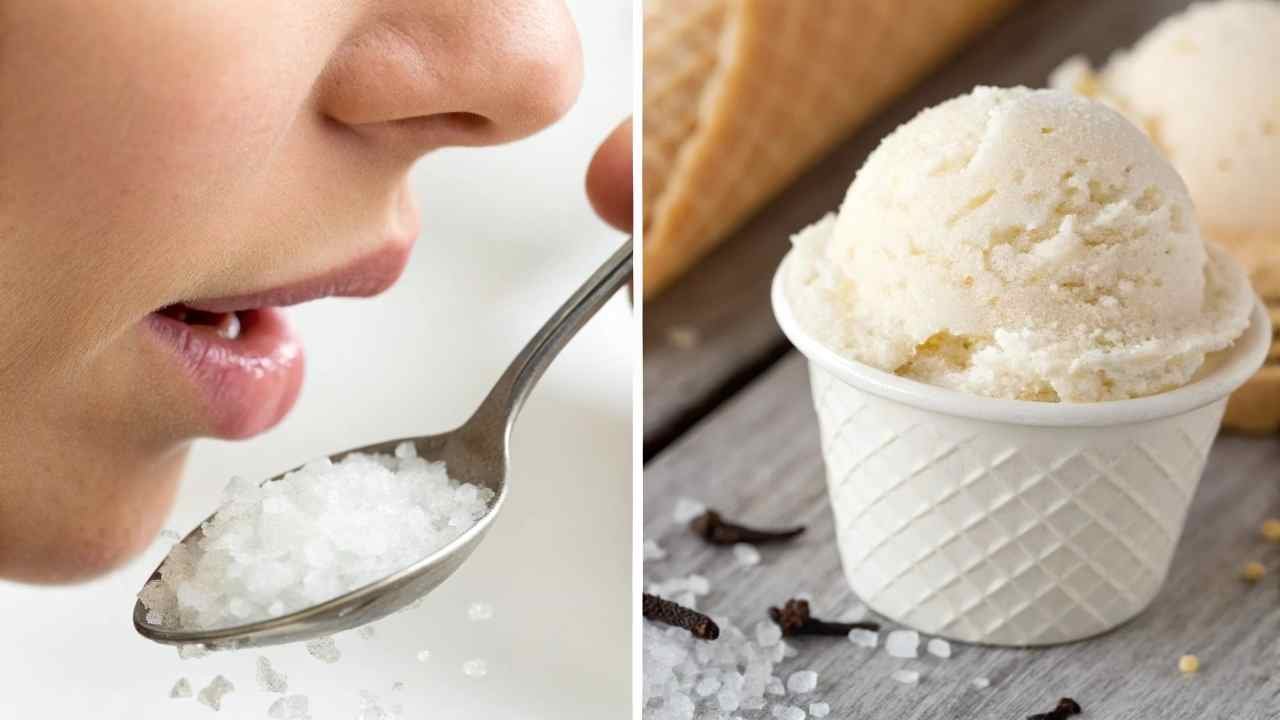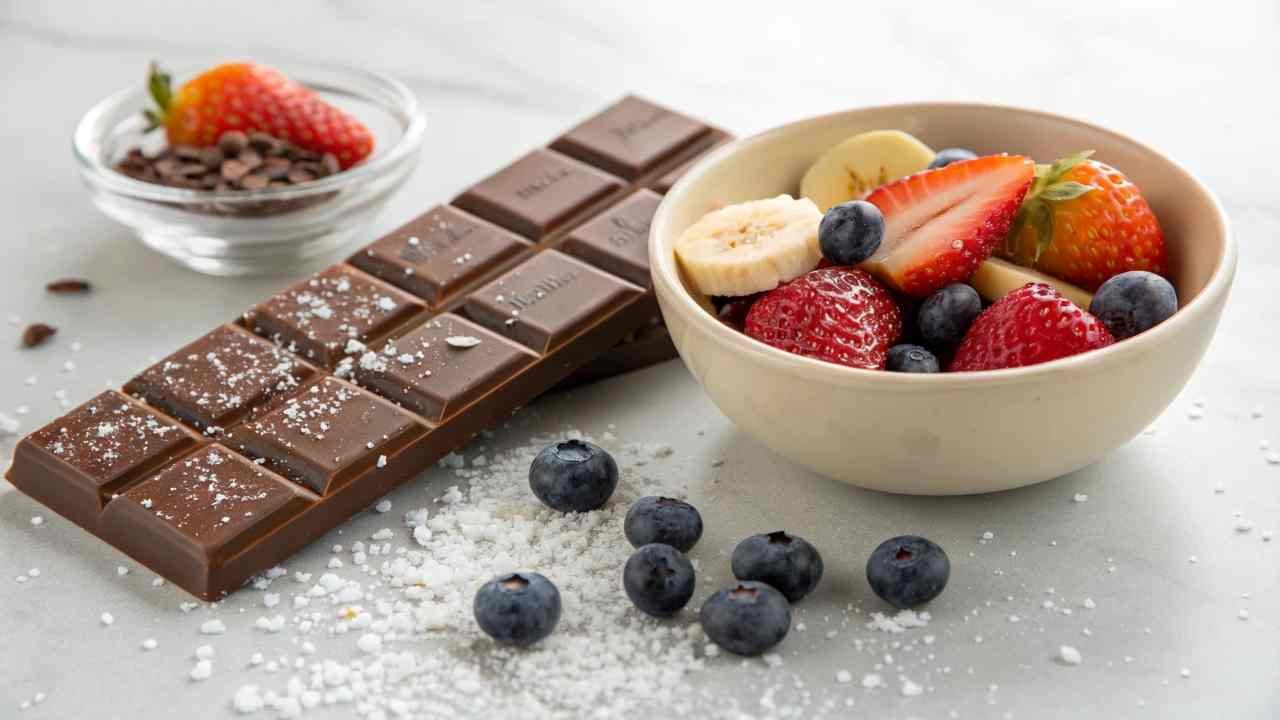Does vanillin quality really matter to consumers? Can they tell the difference? Let's explore how good vanillin impacts what people like.
High-quality vanillin provides a clean, sweet, creamy vanilla aroma and taste. Poor quality can have off-notes. Consumers prefer this pure profile, influencing product acceptance and brand loyalty.
At FINETECH, ingredient quality is key. For vanillin, its quality directly shapes taste and smell, influencing if customers buy again. Let's delve into how vanillin quality makes a difference.
How to Detect High-Quality Vanillin by Smell and Taste?
Judging vanillin quality? Can you tell by smell or taste? Here’s how to assess its sensory profile quickly.
High-quality vanillin smells strong, clean, sweet, and creamy—true vanilla. No harsh chemical or burnt off-notes. Taste should match this pure profile.

Your nose is key for a quick check:
- Aroma: Should be a pleasant, characteristic sweet, creamy vanilla1.
- Purity: No "off-notes" like chemical, burnt, or plastic smells. Weak aroma is also bad.
- Taste (Diluted): Should match the clean aroma – sweet, creamy vanilla with no bitter or chemical aftertastes.
- Appearance: White to slightly yellowish crystals. Darker color can mean issues.
Sensory Check:
| Aspect | Good Vanillin | Bad Vanillin |
|---|---|---|
| Aroma | Clean, sweet, creamy, strong | Chemical, burnt, plastic, weak |
| Taste (Diluted) | Clean, sweet, smooth vanilla | Bitter, chemical, harsh |
| Overall | Pure vanilla profile | "Off," "dirty" |
FINETECH ensures clean-profile vanillin.
Does Ethyl Vanillin Offer a Stronger Aroma Than Regular Vanillin?
Heard of ethyl vanillin? Is it stronger than plain vanillin? Let's compare their aroma power.
Yes, ethyl vanillin typically smells much stronger—about 2 to 4 times more potent—than regular vanillin (methyl vanillin), providing a more intense vanilla aroma.

Ethyl vanillin2 has a slightly different chemical structure (ethoxy group vs. vanillin's methoxy group). This makes it 2-4 times stronger in aroma3.
- Benefit: Need less by weight, can be cost-effective.
- Profile: Can be sweeter, creamier; some find it "more artificial" if overused.
- Risk: Easier to over-flavor due to strength.
Potency Comparison:
| Feature | Vanillin | Ethyl Vanillin | Key Point |
|---|---|---|---|
| Group | Methoxy | Ethoxy | Small chemical difference |
| Aroma Strength | Standard (1x) | Stronger (2-4x) | Ethyl vanillin is more potent. |
Both vanillin and ethyl vanillin are important tools for flavorists. At FINETECH, we can supply both high-quality vanillin and ethyl vanillin, allowing our clients to choose the best option for their specific product needs and cost targets.
How Does Vanillin Amplify Chocolate or Fruit Flavors?
Ever notice vanilla in chocolate or fruit desserts? Wonder why it's there? Let's see how vanillin enhances other flavors.
Vanillin enhances flavors by adding a sweet, creamy base that rounds out and balances others. It cuts bitterness in chocolate and brightens fruit notes.

Vanillin is a versatile flavor enhancer:
- With Chocolate: Reduces cacao bitterness, enhances rich cacao notes, adds creaminess.
- With Fruits: Brightens fruit notes (strawberry, cherry), adds sweetness/body, reduces tartness, gives a "dessert-like" feel.
- General Use: Masks off-notes, rounds out harsh flavors, increases perceived sweetness.
Flavor Interactions:
| Flavor | How Vanillin Helps | Result |
|---|---|---|
| Chocolate | Reduces bitterness, adds creaminess | Smoother, richer chocolate |
| Fruits | Brightens notes, adds sweetness, reduces tartness | More vibrant, fuller fruit flavor |
| Baked Goods | Adds classic sweet, warm aroma | Expected comforting taste |
High-quality vanillin enhances; poor quality detracts.
Why Does Vanillin Degrade if Stored Incorrectly?
Vanillin losing its smell or changing color? Why does storage matter? Let's look at how poor storage ruins vanillin.
Vanillin degrades from light, air (oxidation), moisture, and heat. This causes aroma loss, discoloration (yellowing/browning), and off-notes.

Vanillin is an organic chemical that can spoil if not stored right.
- Light: Causes discoloration, aroma loss.
- Air (Oxygen): Oxidation forms less aromatic compounds (e.g., vanillic acid), weakens smell.
- Moisture: Causes caking, hard to handle.
- Heat: Speeds up all degradation reactions4.
Proper Storage:
- Tightly sealed, opaque (light-proof) containers.
- Cool, dry place.
- Away from strong odors.
Storage Tips:
| Factor | Problem if Poorly Stored | Best Practice |
|---|---|---|
| Light | Discoloration, Aroma Loss | Opaque container |
| Air | Oxidation, Off-notes | Tightly sealed (nitrogen flush best) |
| Moisture | Caking | Dry conditions, sealed container |
| Heat | Faster Degradation | Cool place (below 25°C / 77°F) |
At FINETECH, we ensure our vanillin is packaged appropriately to protect its quality during transit and storage. We also advise clients on proper storage practices to maximize shelf life and ensure they get the best performance from the ingredient.
Do Consumers Notice Vanillin vs. Vanilla Bean Differences?
Can shoppers tell if a product has pure vanillin or real vanilla bean? How different is the taste to them? Let's consider this.
Many average consumers might not distinguish pure vanillin from simple vanilla extract in some products. However, those with sensitive palates often prefer the complexity of real vanilla bean extract.

- Synthetic Vanillin: >99% pure vanillin5. Clean, strong, one-dimensional "vanilla" note.
- Natural Vanilla Bean Extract: Vanillin + hundreds of other minor compounds (smoky, woody, floral notes). Richer, more complex.
Consumer Perception Varies:
- Untrained Palates: In many common products, might only notice the main "vanilla" note and not distinguish source.
- Discerning Palates: More likely to appreciate the complexity of real extract, especially in premium products where vanilla is the star.
- Labeling/Price: "Real Vanilla" labels and higher prices set expectations for complexity.
Taste Test Nuances:
| Feature | Synthetic Vanillin | Natural Vanilla Extract | Consumer Impact |
|---|---|---|---|
| Complexity | Simpler (One Note) | Richer (Many Notes) | Extract more "authentic" to some |
| Cost | Low | Very High | Impacts product positioning |
| Common Use | Mass-market products | Premium/Natural products | Choice depends on strategy |
For many mass-market products, the cost-effectiveness and consistent flavor profile of high-quality synthetic vanillin (like that supplied by FINETECH) make it an excellent choice. For premium or "natural" positioning, vanilla bean extract is preferred, despite its much higher cost and supply volatility. Often, a blend of both can be used to balance cost and flavor complexity.
Conclusion
High-quality vanillin delivers a clean, desirable vanilla profile, crucial for customer preference. Proper storage maintains this quality, ensuring final product appeal.
-
Explore this link to understand the nuances of sweet, creamy vanilla flavor and its applications in culinary arts. ↩
-
Explore the benefits and risks of Ethyl vanillin to understand its impact on flavor and cost-effectiveness in food products. ↩
-
Learn why Ethyl vanillin is stronger in aroma, which can enhance your understanding of flavoring agents in culinary applications. ↩
-
Learning about degradation reactions can help you take preventive measures to keep vanillin fresh and flavorful for longer. ↩
-
Learn about the significance of purity in vanillin and how it affects flavor quality and applications. ↩


